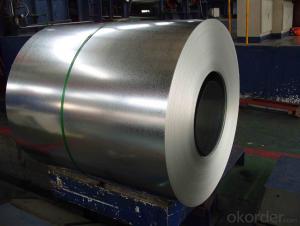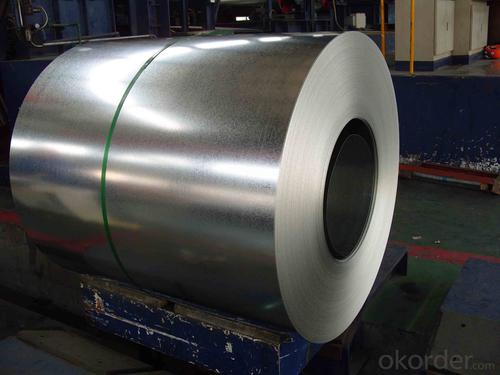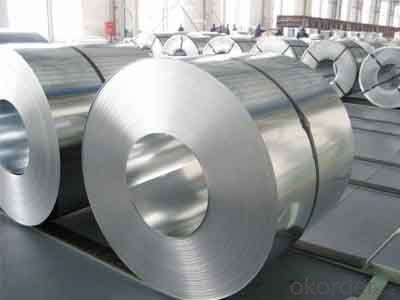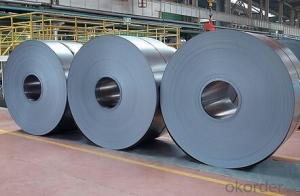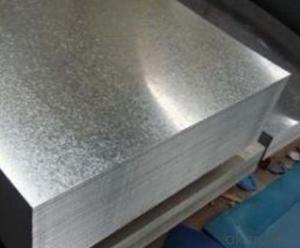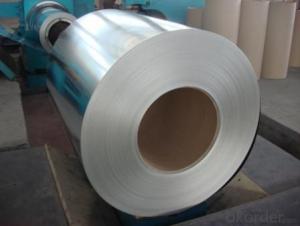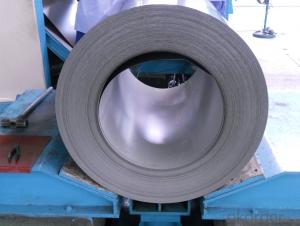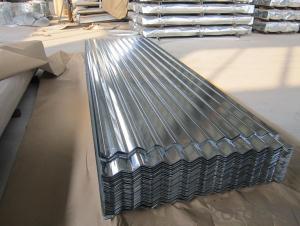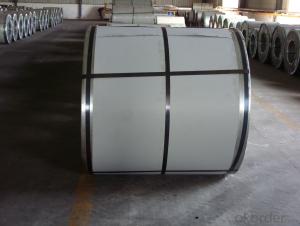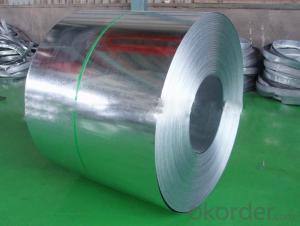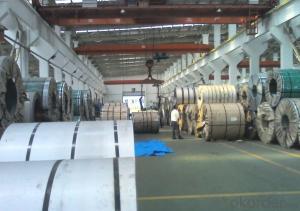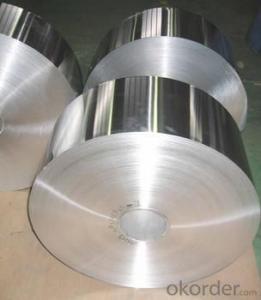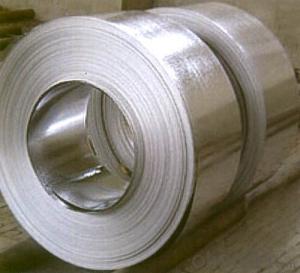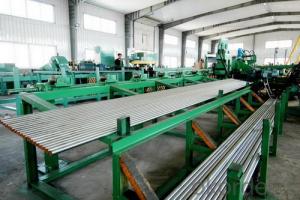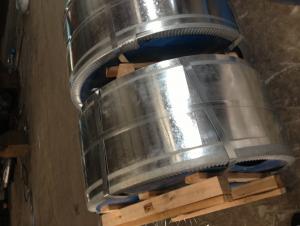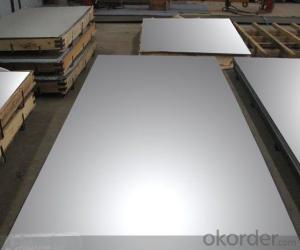Hot Dipped Galvanized Steel Coil/Hot Dipped Galvanized Steel Strips Coil
- Loading Port:
- Tianjin
- Payment Terms:
- TT OR LC
- Min Order Qty:
- 1000 m.t.
- Supply Capability:
- 100000 m.t./month
OKorder Service Pledge
OKorder Financial Service
You Might Also Like
Hot Dipped Galvanized Steel Coil/Hot Dipped Galvanized Steel Strips Coil Description:
Galvanized steel coil are widely used in the construction industry, as raw material for the production of corrugated panels, fencing products, drywall panel profiles, ventilation systems etc. Recommended for both outside and inside usage, galvanized steel has a high resistance to corrosion in different environments, due to a protective layer of zinc of 100 – 180 grams per square metre.
Hot Dipped Galvanized Steel Coil/Hot Dipped Galvanized Steel Strips Coil Specification:
Steel strips coils galvanized
Material: Q195, Q215, Q235, Q345B, SGCC, DX51D+Z
Thickness:0.75-4.5mm
Width:32-750mm
Zinc coating: 60-550gm2/
Main Feature of Hot Dipped Galvanized Steel Coil/Hot Dipped Galvanized Steel Strips Coil:
Hot-dip galvanized steel coils are produced by immersing steel in a zinc bath. An appropriate galvanizing process requires a pretreatment process during which the steel passes through different baths which prepare the surface for zinc coating. In this stage, chemicals are used to clean the surface of the steel. After the chemical treatment, the steel coils pass through a bath of melted zinc at temperatures around 460 ° C. The resulting uniform coating is finished through a process of skin-passing to provide smooth and shiny appearance of the finished product. To store for a longer period, the hot-dip galvanized coils can be delivered with a final oil coating, according to the customer’s demand.
Hot Dipped Galvanized Steel Coil/Hot Dipped Galvanized Steel Strips Coil Images:
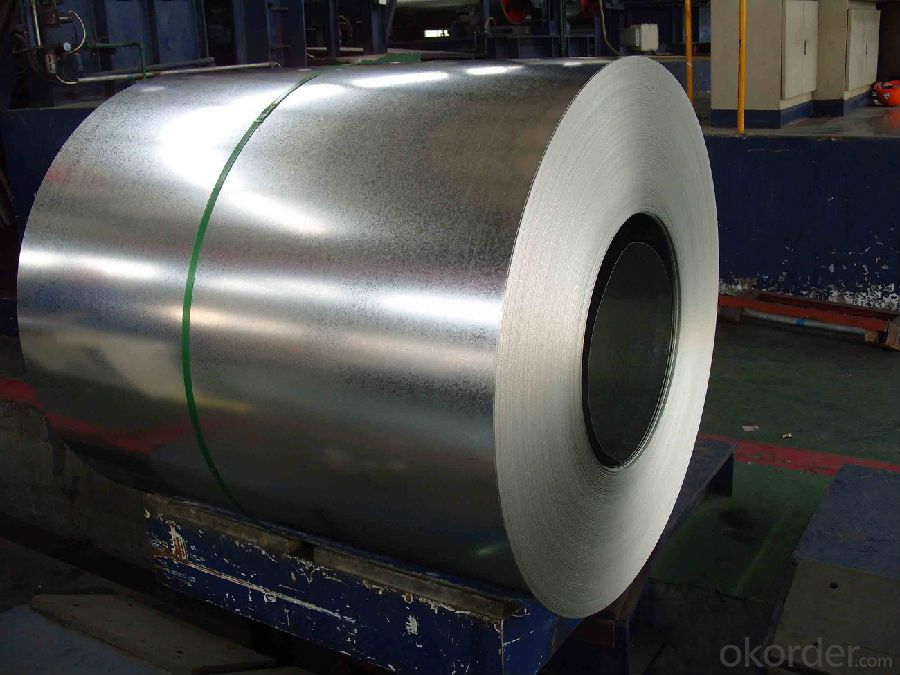 FAQ:
FAQ:
What certificates do you have for your products?
ISO
- Q: What are the recycling options for steel strips?
- Steel strips have various recycling options available. One common choice involves taking them to a scrap metal recycling facility. These facilities collect and sort steel strips, along with other metal items, before processing them for recycling. Typically, the steel strips are melted down, refined, and utilized to create new steel products. Another option is to repurpose steel strips for different applications. For instance, they can be employed in construction projects, serving as reinforcement in concrete structures or components in manufacturing processes. This approach helps decrease the demand for fresh steel and reduces waste. Additionally, individuals or organizations specializing in upcycling or creating artistic pieces from recycled materials may purchase or receive donated steel strips. This enables the transformation of the steel strips into unique and imaginative products, granting them a renewed purpose and existence. In summary, the recycling options for steel strips are varied and provide environmentally-friendly alternatives to simply disposing of them in landfills. By opting to recycle or repurpose steel strips, we can contribute to the conservation of natural resources, reduce energy consumption, and minimize the environmental impact of steel production.
- Q: What are the different lengths available for steel strips?
- Steel strips come in various lengths to accommodate different applications and requirements. The lengths of these strips can vary from a few inches to several feet, depending on the intended purpose and the industry. Standard sizes for steel strips include 12 inches, 24 inches, 36 inches, and so forth. However, it is also possible to obtain custom lengths by cutting longer strips to the desired size. Furthermore, steel strips can be supplied in rolls or coils, which can have different lengths depending on the thickness and width of the strip. Ultimately, the length of steel strips is determined by factors such as the specific industry, the intended purpose, and the customer's specifications.
- Q: Specification and use of cold rolled strip
- Cold rolled strip steel: widely used in construction machinery, transportation machinery, construction machinery, lifting machinery, agricultural machinery and light industry, civil and other general structural parts and stamping parts.
- Q: How are steel strips processed for slitting into narrower widths?
- Steel strips are processed for slitting into narrower widths through a mechanical method known as slitting. In this process, the steel strip is fed through a set of circular blades that cut the strip into smaller widths. The blades are spaced apart to ensure the desired width is achieved. The slitting process allows for the production of narrower steel strips that can be used in various applications.
- Q: How are steel strips packed for shipping?
- Steel strips are typically packed for shipping by being tightly wound into coils and then wrapped with protective materials such as plastic or steel strapping. These coils are then placed on pallets or in crates to ensure stability during transportation. Additionally, they may be further secured with steel bands or stretch wrap to prevent any potential damage or shifting while in transit.
- Q: Are steel strips used in the production of industrial machinery?
- Yes, steel strips are commonly used in the production of industrial machinery. They offer strength, durability, and excellent performance in various applications, making them an ideal material choice for manufacturing components or parts in industrial machinery.
- Q: What is the weight of a typical steel strip?
- The weight of a typical steel strip can vary depending on its dimensions, thickness, and composition. Steel strips can range from a few ounces to several tons in weight. It is important to know the specific details of the steel strip in question, such as its length, width, and thickness, in order to accurately determine its weight. Additionally, the type of steel used, such as carbon steel or stainless steel, can also affect the weight. Thus, without specific information about the steel strip, it is difficult to provide an exact weight.
- Q: Can steel strips be used for making automotive suspension components?
- Yes, steel strips can be used for making automotive suspension components. Steel is a commonly used material in the automotive industry due to its high strength, durability, and ability to withstand heavy loads. Steel strips can be shaped and formed into various suspension components such as leaf springs, coil springs, and sway bars. These components play a critical role in supporting the weight of the vehicle, providing stability, and absorbing shocks and vibrations from the road. Steel strips are often preferred for their cost-effectiveness, availability, and ease of manufacturing. Additionally, steel can be engineered and treated to enhance its mechanical properties, making it suitable for demanding automotive applications.
- Q: Are steel strips suitable for the production of metal cabinets?
- Yes, steel strips are suitable for the production of metal cabinets. Steel is a strong and durable material that provides excellent structural integrity and corrosion resistance, making it ideal for cabinets that need to withstand heavy loads and environmental factors. Additionally, steel strips can be easily formed and shaped into various cabinet components, allowing for flexibility in design and customization.
- Q: How are steel strips used in the HVAC industry?
- Steel strips are used in the HVAC industry for various applications such as manufacturing air ducts, ventilation systems, and heat exchangers. These strips are often used to create the structural framework and provide strength and durability to the HVAC components. They are also utilized in the fabrication of fins and coils for efficient heat transfer in air conditioning units and refrigeration systems.
Send your message to us
Hot Dipped Galvanized Steel Coil/Hot Dipped Galvanized Steel Strips Coil
- Loading Port:
- Tianjin
- Payment Terms:
- TT OR LC
- Min Order Qty:
- 1000 m.t.
- Supply Capability:
- 100000 m.t./month
OKorder Service Pledge
OKorder Financial Service
Similar products
Hot products
Hot Searches
Related keywords
